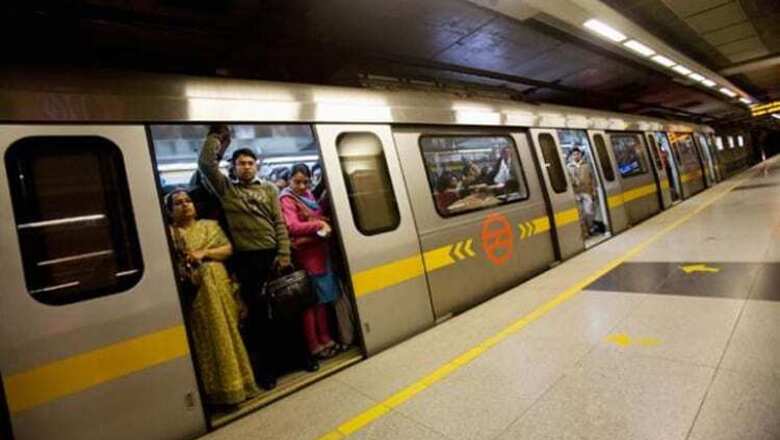
views
New Delhi: An Earthquake Warning System (EqWS) developed by Council for Scientific and Industrial Research (CSIR) laboratory helped stop the Metro services after the tremors hit the national capital early this week.
The system developed by CSIR-Central Scientific Instruments Organization (CSIR-CSIO), Chandigarh, sensed and recorded the event and generated SMS to the concerned action points, in real time.
The CSIO claimed that data showed that at Huda City Centre, the earthquake was recorded at 16:01:08 (IST) and a report generated by the system.
"The information has been integrated with the system and was also passed on to designated officers. Within three seconds orders were given to stop the Metro," said R K Sinha, Director of CSIO.
"The system can also be used at nuclear reactor sites and the activity could be stopped in case of an earthquake," he added.
An earthquake of magnitude 6.8 on the Richter scale with the epicenter at Hindukush region, Afghanistan occurred on Sunday, He added that the earthquake helped test their device on Sunday. Tremors of the same were felt at various parts of North India including Delhi-NCR region. The distance from the epicenter to Delhi is approximately 1000 km.
The CSIO has installed five sensors across different locations of Metro---Mundka, Botanical Garden, Huda City Centre, Metro Bhawan and Faridabad---, comprising seismic warning systems with LAN connectivity with the DMRC network for generation of alarm signal on major earthquake. It is in operation since August 2015.
"The sensor also has a highly sensitive pendulum. So anytime there is a vibration inside the earth, it starts oscillating. They send signals about any seismic activity and communicate it to the central control located at Operation Control Centre (DMRC-OCC) regarding potential earthquake incidence.
"The central control takes a final decision based on the response of all the individual nodes and generates an audio visual alarm and sends the event details via email and SMS to the registered users," Sinha added.
















Comments
0 comment